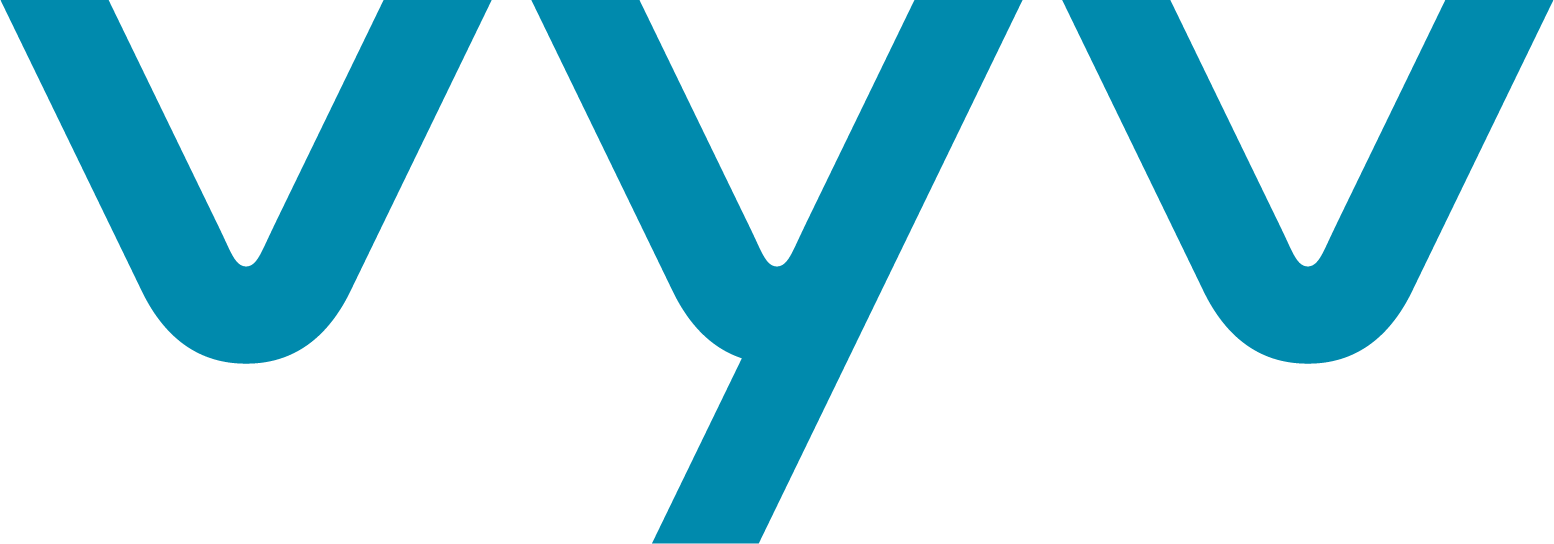Vyv brings a discovery from 1892 into the 21st century.
A century of study verified that everyday visible light could reduce surface contamination.
All it took was the LED to make it real.
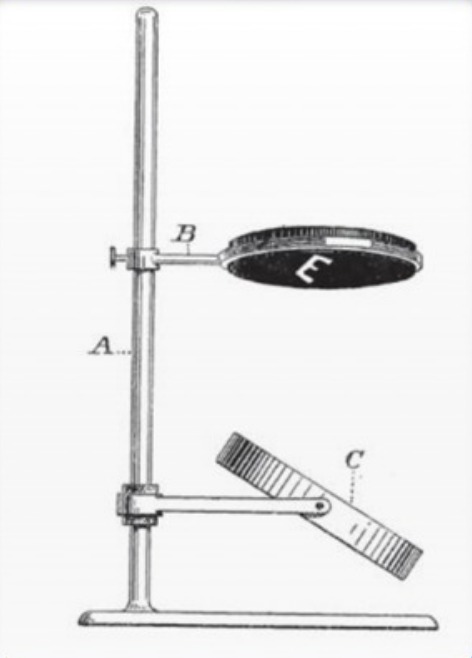
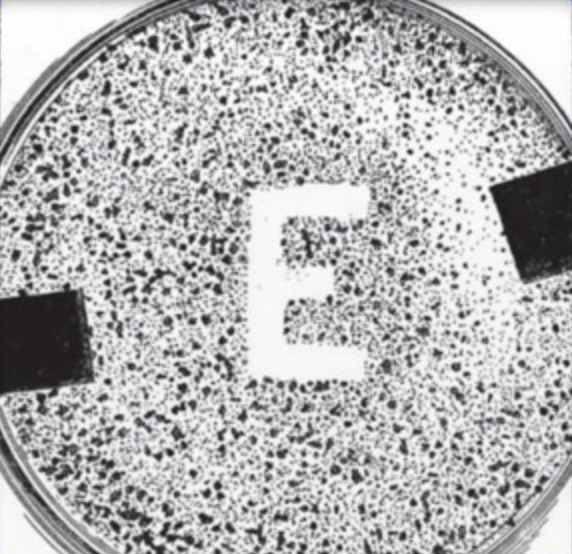
Ward HM. 1892. Experiments on the action of light on Bacillus anthraces. Proc R Soc Lond. 52:393-400.
The earliest publication citing the antimicrobial efficacy of the 400-420nm region of visible light was at the Royal Indian Engineering College in London in 1892, where filters were used with sunlight to determine their germicidal properties. The major difference between UV-C light and Vyv’s violet-blue visible wavelengths is that only Vyv meets the international standards for continuous and unrestricted use around humans; where UV is dangerous to humans.
Vyv Antimicrobial Light continuously protects against viruses, bacteria, fungi, mold and yeast.
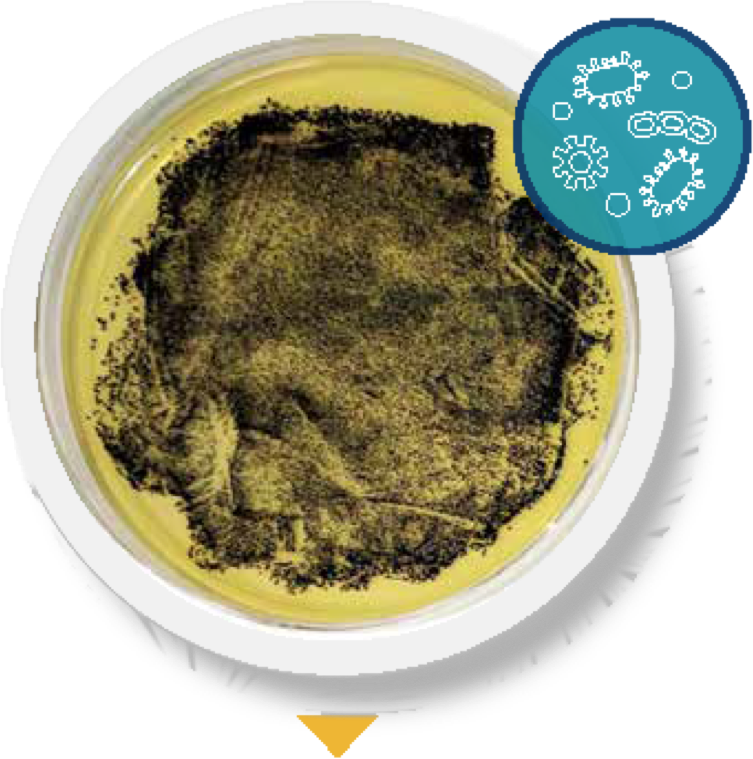
After 4 Days
Standard LED Light Uninterrupted Bacterial Growth
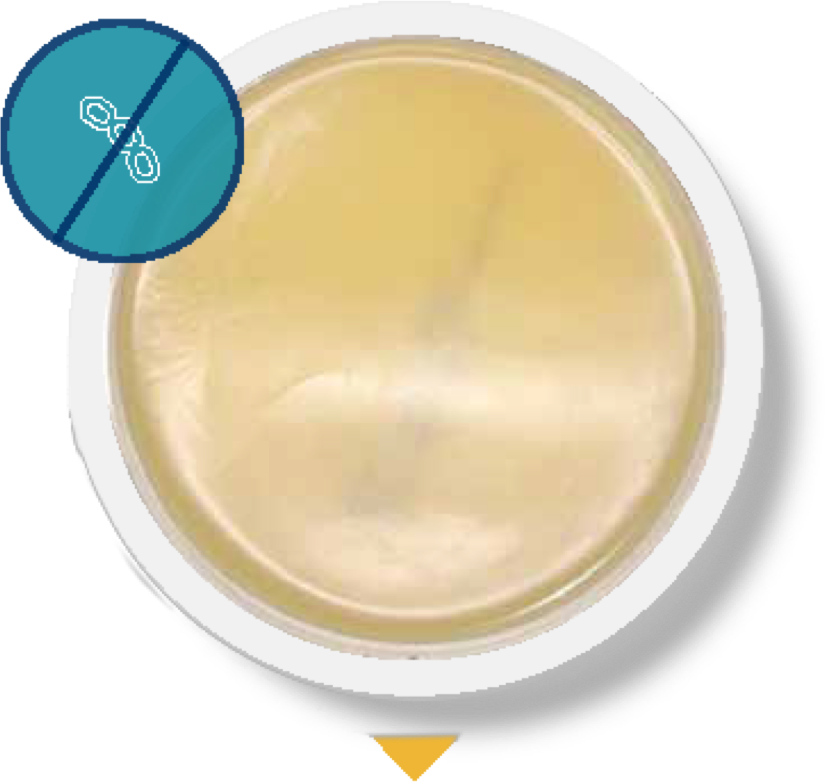
After 4 Days
Vyv Antimicrobial Light Continuous Protection

The Four Stages of Cell Death
Vyv’s antimicrobial light wavelengths initiate a photo-reaction with endogenous non-iron porphyrin molecules found only in microorganisms. The porphyrin molecules are photo activated. Vyv’s light frequencies excite the porphyrins, causing a break-off of excess Reactive Oxygen Species (ROS). This causes irreparable damage within the cell, ultimately destroying the cellular membrane from the inside out.
Vyv attacks the cell from multiple vectors preventing the cell from building up any new defenses against this form of attack. This is unlike approaches used with antibiotics that can cause common germs to mutate and develop resistance.
Use Vyv anywhere and get a new kind of continuous antimicrobial cleaning.
Let’s be in touch.
If we can answer any questions or you’d like to brainstorm ideas about how you can apply antimicrobial LED light, please say hi to Vyv.
